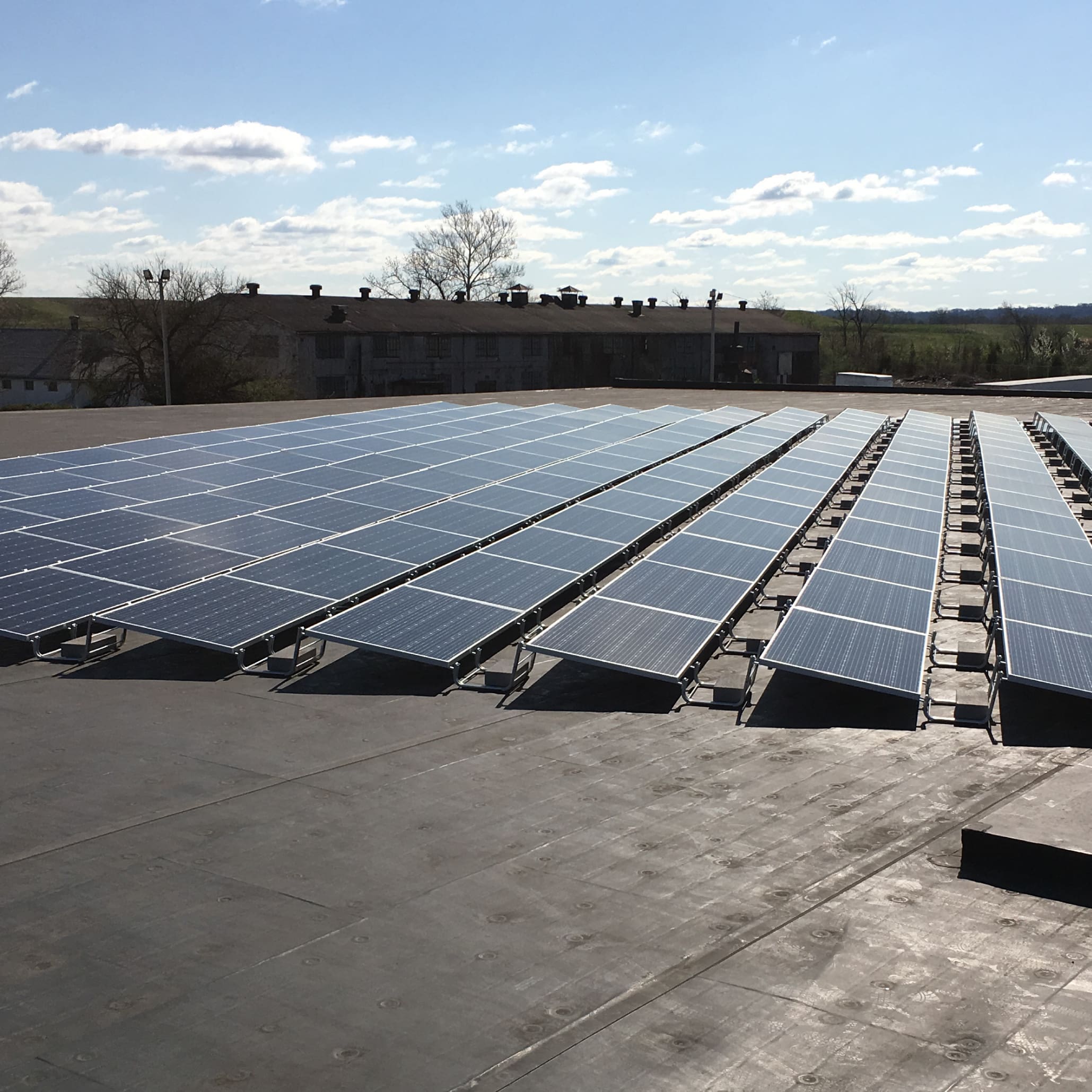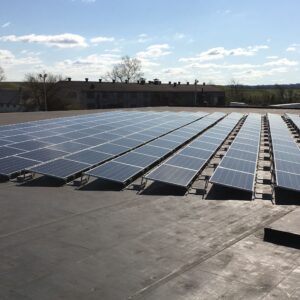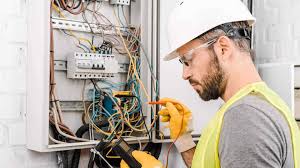What to Expect from a Home Inspection in Maryland?
Getting a home inspection in Maryland is one of the most crucial steps in your home-buying journey. Whether you’re a first-time homebuyer or a seasoned property investor, understanding what happens during a Maryland home inspection can save you from future headaches and unexpected expenses. Let’s dive into everything you need to know about this essential process.
Why Home Inspections Matter
Think of a home inspection as your property’s physical exam. Just like you wouldn’t skip your annual check-up, you should take advantage of this vital step in home-buying. A thorough inspection can reveal issues that might not be visible during your initial walk-through, from minor fixes to major structural problems.
The Timing Factor
Most Maryland homebuyers schedule their inspection within seven days of signing a purchase agreement. This timeline allows you to negotiate repairs or leave the deal if necessary. Remember, knowing about potential issues is better than knowing about them after you’ve handed the keys!
What Gets Inspected?
Let’s break down the significant areas that inspectors examine during their evaluation:
1. Exterior Components
Foundation and Structural Elements
- Foundation walls and visible cracks
- Grading and drainage patterns
- Retaining walls
- Signs of water penetration
- Structural integrity indicators
Roof System
- Shingle condition and age
- Flashing and valleys
- Chimney condition
- Gutters and downspouts
- Signs of leaks or damage
Exterior Walls
- Siding material and condition
- Trim and soffit condition
- Windows and doors
- Weatherstripping
- Caulking and seals
2. Interior Systems
Electrical System
- Service panels and breakers
- Wiring type and condition
- Outlet functionality and GFCI protection
- Light fixtures
- Smoke and carbon monoxide detectors
Plumbing System
- Water pressure
- Pipe materials and condition
- Visible leaks
- Water heater
- Fixtures and faucets
- Drainage systems
HVAC System
- Heating efficiency
- Air conditioning performance
- Ductwork condition
- Thermostat functionality
- Filter condition
3. Living Spaces
Kitchen
- Appliance operation
- Cabinet and counter condition
- Ventilation systems
- Plumbing fixtures
- Electrical outlets
Bathrooms
- Toilet functionality
- Shower and tub condition
- Ventilation
- Water pressure
- Signs of leaks or mold
Other Living Areas
- Floor condition
- Wall and ceiling integrity
- Window operation
- Door functionality
- Stairway safety
Understanding Inspection Findings
Common Issues in Maryland Homes
Water-Related Problems
Maryland’s climate can be harsh on homes. Heavy rains and humidity often lead to:
- Basement water seepage
- Foundation cracks
- Mold growth
- Roof leaks
- Drainage issues
These findings don’t necessarily mean you should walk away from the property but require careful consideration and possibly professional remediation.
Structural Concerns
Our state’s diverse soil conditions can affect home foundations:
- Settlement cracks
- Uneven floors
- Wall bulging
- Beam deterioration
- Pier or support issues
These findings often require professional evaluation and can be more costly to repair.
The Impact of Age
Maryland homes span several centuries of construction, each era bringing its potential issues:
Historic Homes (Pre-1940)
- Outdated electrical systems
- Original plumbing pipes
- Asbestos materials
- Lead paint
- Insufficient insulation
Mid-Century Homes (1940-1970)
- Aging roof systems
- Dated HVAC equipment
- Aluminum wiring concerns
- Windows past its prime
- Possible asbestos in some materials
Modern Homes (1970-Present)
- Builder-grade material limitations
- EIFS siding issues
- Complex system integration
- Energy efficiency concerns
- Modern material durability
What Happens After the Inspection?
Reading the Report
Your inspector will provide a detailed report within 24-48 hours. This document will include:
- Photographs of issues
- Detailed descriptions
- Severity ratings
- Recommended actions
- Safety concerns
Making Informed Decisions
When to Negotiate
Consider requesting repairs or credits for the following:
- Safety hazards
- Structural issues
- Major system failures
- Code violations
- Water damage
When to Accept As-Is
Some findings might not warrant negotiation:
- Minor cosmetic issues
- Expected wear and tear
- Recently updated systems
- Small repairs under $100
- Disclosed conditions
Preparing for Future Maintenance
Creating a Timeline
Based on inspection findings, develop a maintenance schedule:
Immediate Attention
- Safety hazards
- Active leaks
- Electrical issues
- Structural concerns
- Mold problems
Short-Term Planning (1-2 Years)
- Aging roof replacement
- HVAC upgrades
- Window updates
- Exterior painting
- Drainage improvements
Long-Term Considerations (3-5 Years)
- Kitchen modernization
- Bathroom updates
- Basement finishing
- Energy efficiency upgrades
- Landscape improvements
Final Thoughts
A home inspection in Maryland is more than just a checklist item in your home-buying process—it’s your window into understanding what you’re buying. The findings can help you:
- Make informed decisions about your purchase
- Plan for future maintenance
- Understand potential costs
- Ensure your family’s safety
- Protect your investment
Remember that no home is perfect, even new construction. An inspection aims to understand the property’s condition and inform your decision about moving forward. Use the inspection findings as a roadmap for maintaining and improving your potential new home.
Whether buying a historic row house in Baltimore or a modern suburban home in Montgomery County, a thorough home inspection helps ensure you know exactly what you’re getting into. Take the time to attend the inspection, ask questions, and understand the findings—your future self will thank you.













Post Comment